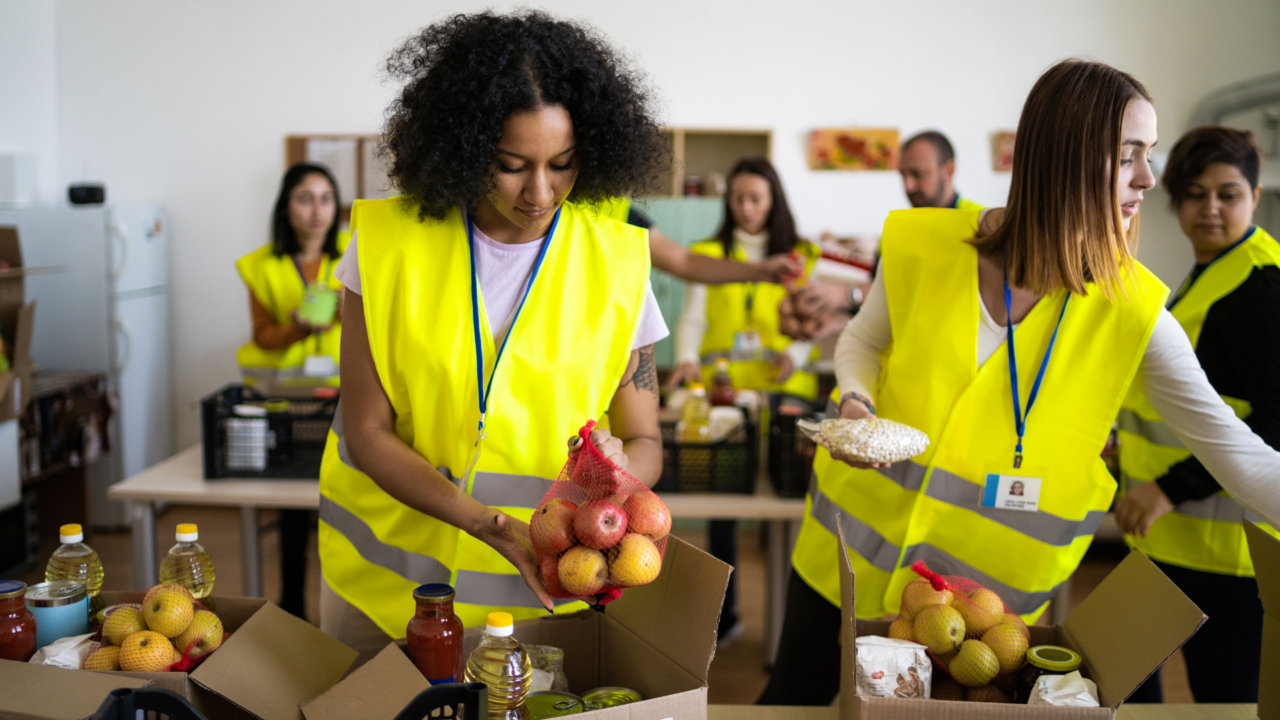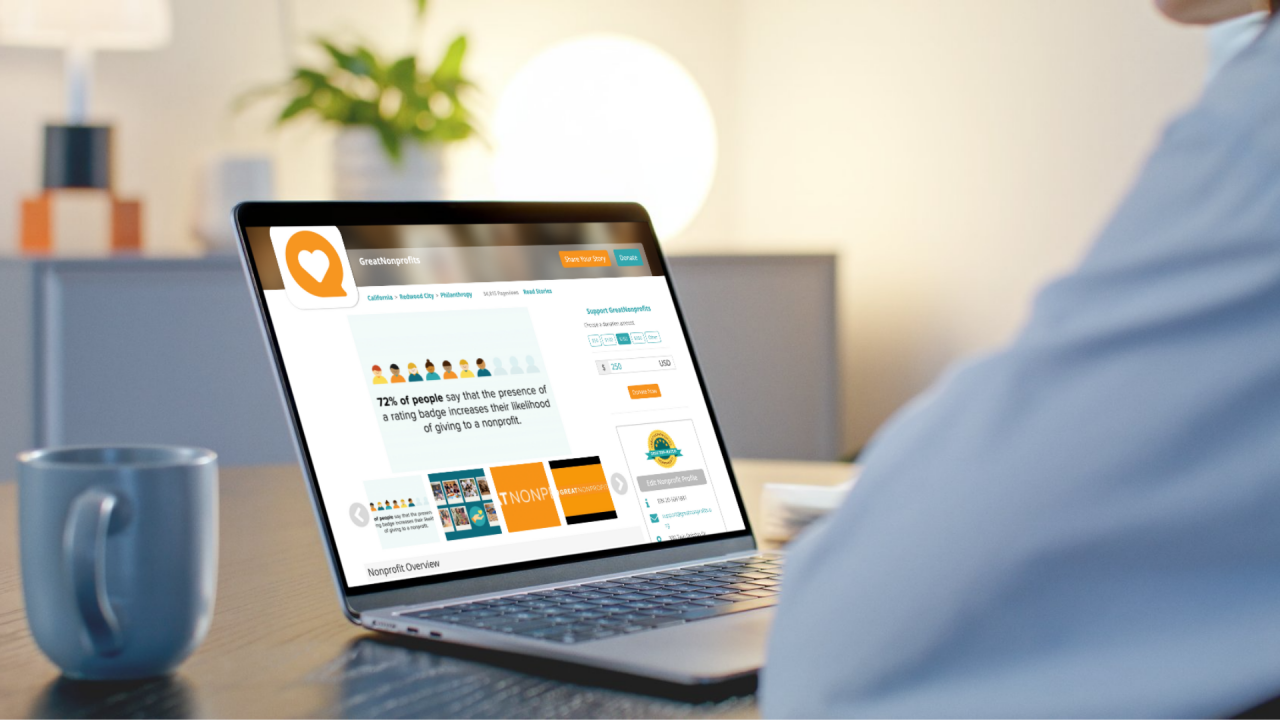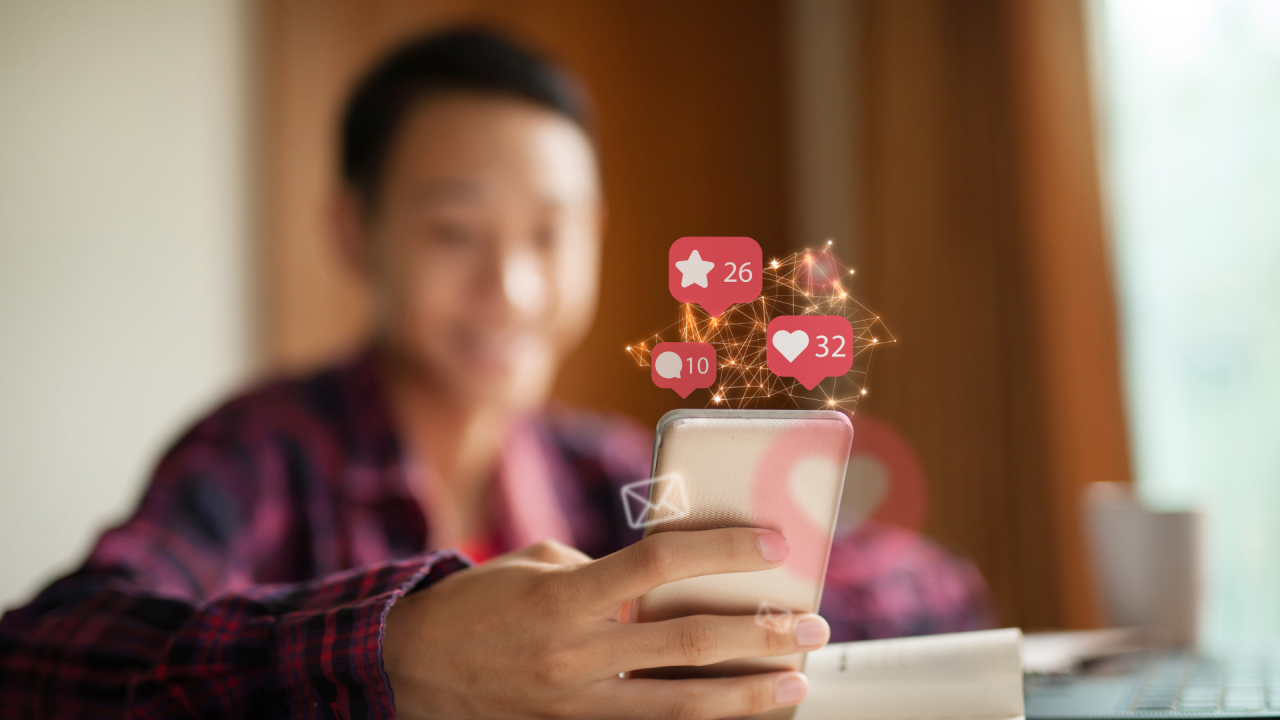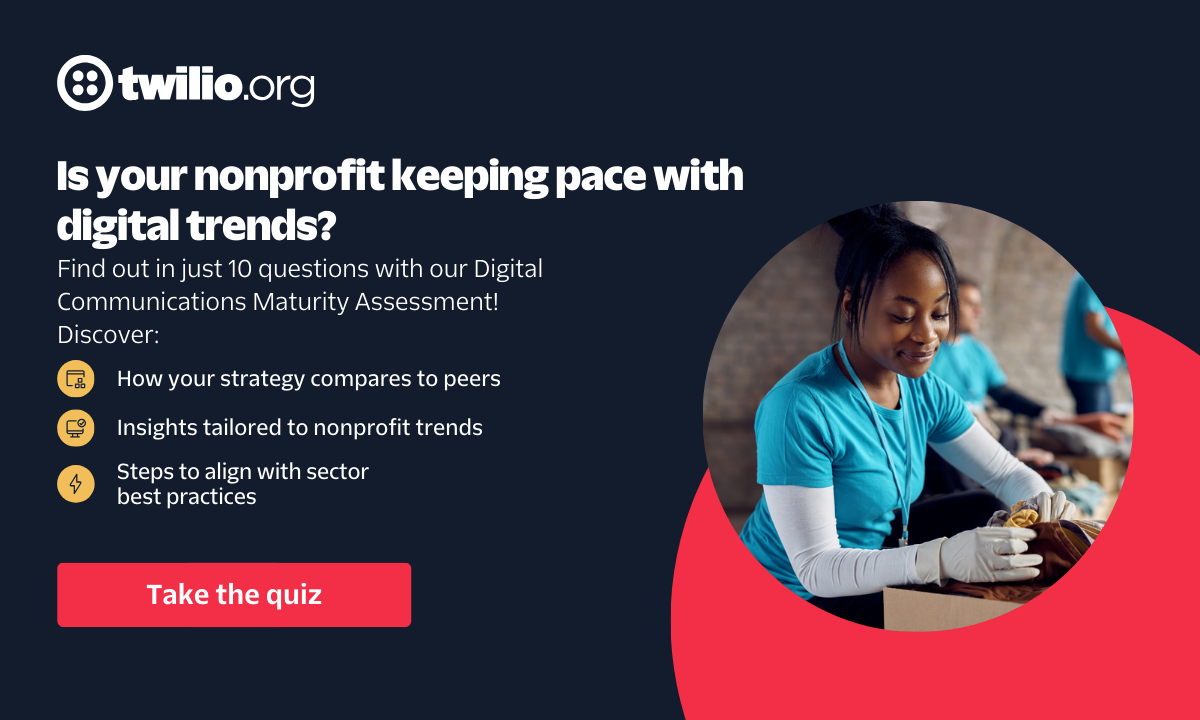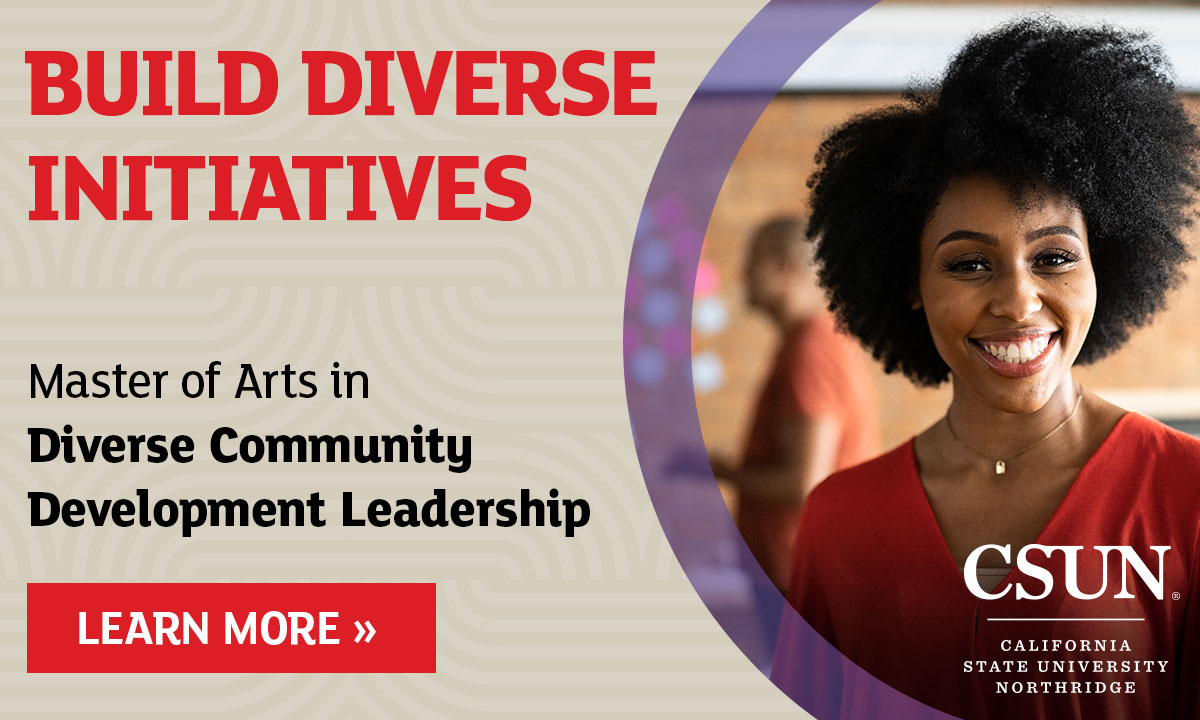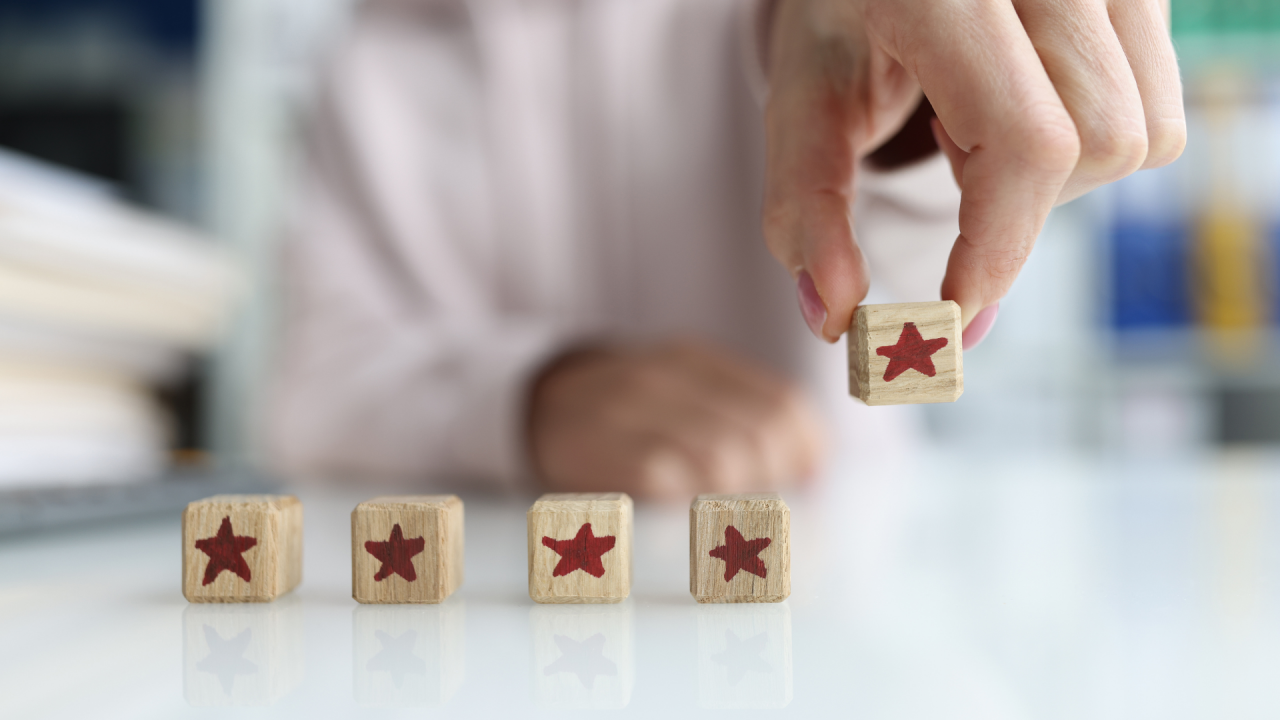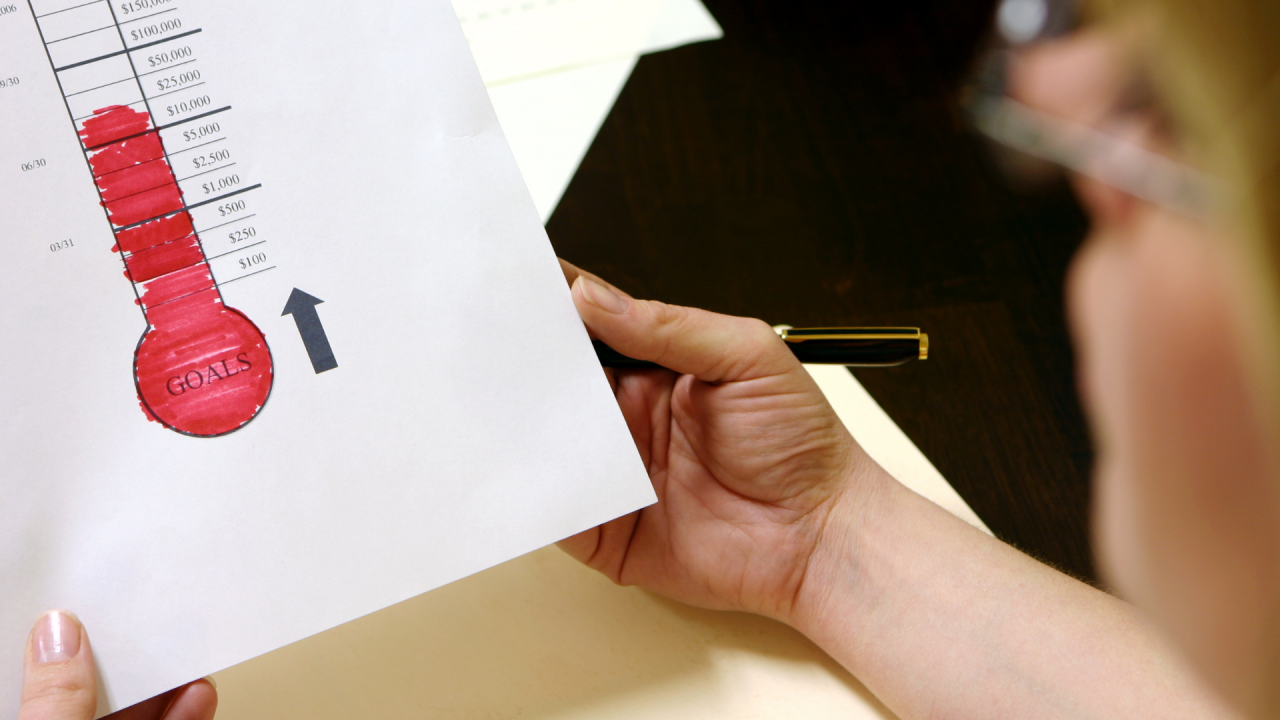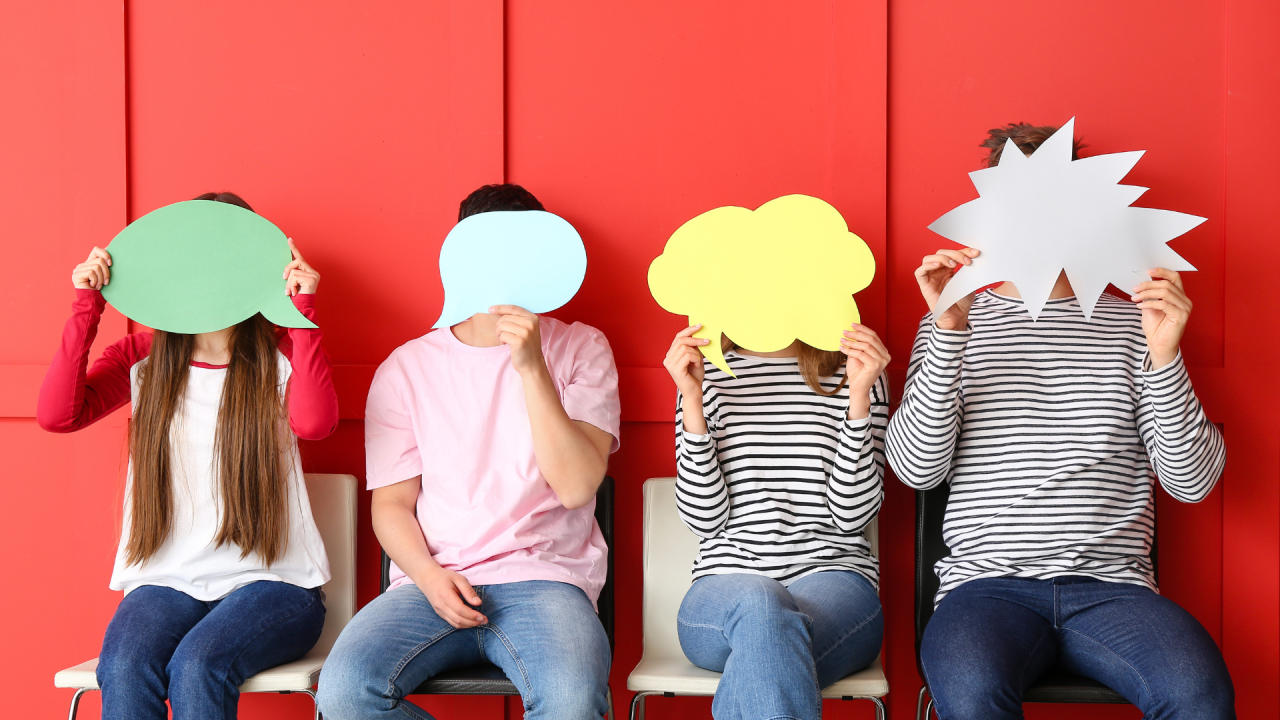Building a Digitally Literate Community
Content provided by: TechSoup
Author: ginnymies
In early education, children learn the fundamentals of reading and writing in order to communicate, collaborate, and contribute in the world. But what if kids learned basic tech skills along with reading storybooks and taking spelling tests? And what if a person, regardless of age, could learn anything from typing to HTML to using an iPad without any cost or accessibility barriers? Libraries, nonprofits, and schools are already working hard to teach digital skills and competency, but they need support of the entire community to help people thrive in the technology age.
Defining Digital Literacy
What exactly is digital literacy? In the January 2013 Digital Literacy, Libraries, and Public Policy report, the American Library Association’s Office for Information Technology Policy’s Digital Literacy Task Force provides this definition:
“Digital literacy is the ability to use information and communication technologies to find, understand, evaluate, create, and communicate digital information, an ability that requires both cognitive and technical skills.”
The Role of Libraries
According to the report, 99% of public libraries offer access to technology, and 90% report offering some sort of digital literacy skills training. Additionally, 30 million library users reported going to the library for employment-related activities.
TechSoup for Libraries has profiled some public libraries that are striving to make their communities digitally inclusive. For example, the Pueblo City-County Library in Pueblo, CO offers classes on how to use iPads and e-readers. The Capital Area District Libraries in Michigan hold “tech petting zoos,” where people can try out various gadgets or get assistance on the gadgets they own.
The ALA’s report argues that libraries are not always recognized or valued for the role they play in closing the digital divide. And with staff cuts and shrinking budgets, it is becoming more difficult to support digital literacy efforts.
The Role of Schools
The good news is that digital literacy is becoming part of lesson plans for K-12 students in public schools. According to the ALA report, 21st century skills have been adopted throughout the Common Core State Standards Initiative by 45 states as of November 2012. Unfortunately, like public libraries, public schools are also constrained by tightened budgets and smaller staffs and can’t always provide the individual attention that some students require.
Additionally, some students don’t have digital access at home. According to the Institute of Museum and Library Services (IMLS), a staggering 100 million Americans don’t have a broadband connection in their households.
The Role of Nonprofits
The report argues that libraries are uniquely positioned to address the challenge of digital literacy because they:
“…reach and serve individuals of all ages, income levels, and ethnicities. They serve as information hubs, conveners, and collaborators within their educational and community contexts. They provide venues in which patrons and students can engage with, discuss, share, remix, and create information.”
The same could also be said of nonprofits. For example, nonprofits with educational or youth-focused missions are also providing both digital access and literacy through mentorships, classes, and technology access. Organizations like the YMCA or The Boys and Girls Clubs of America offer free after-school programs in technology. Year Up, another national nonprofit, teachers business skills, tech training, and provides job connections to urban youth.
A United Front
What if public schools, nonprofits, and public libraries could team up to fight for digital literacy and inclusion? And what if government agencies and corporations better supported these efforts? The ALA’s report describes the burden placed on libraries by government offices, businesses, and schools moving services online. If these sectors want the public to use these services, they should ensure that people have access to the Internet.
To learn more, read “Building Digital Communities: A Framework for Action”. This initiative from the IMLS, encourages engagement across all sectors to participate in digital inclusion. The report designates libraries as “anchors” that can bring together public officials, businesses, schools, hospitals, cultural institutions, and individuals to come up with a community action plan. A digitally inclusive community won’t be a reality until it becomes an actual community effort.
Please share your thoughts and stories.







